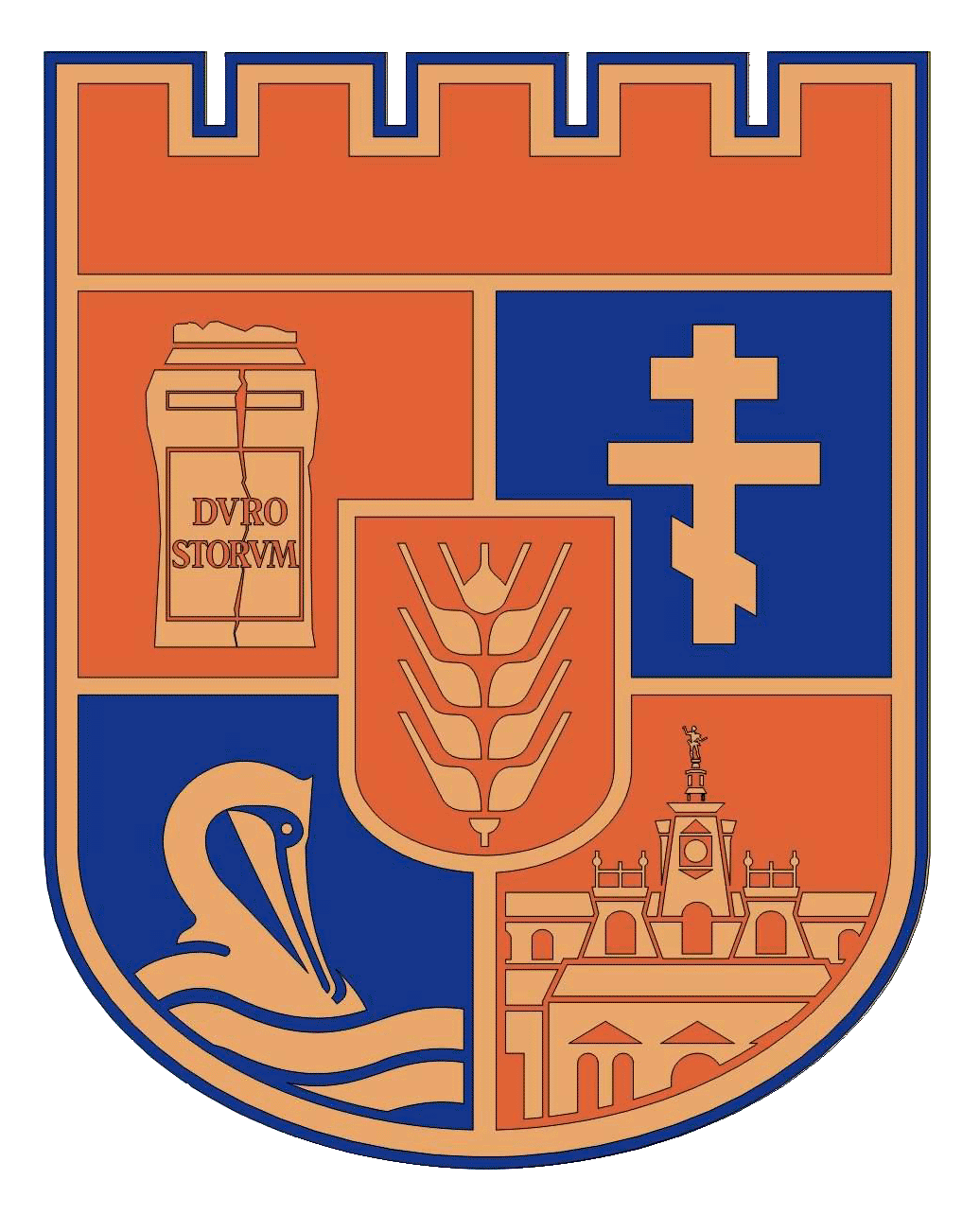Roman Town Villa
Category OtherLOCATION
The Roman town Villa is located near the central part of Silistra, 429 km away from Sofia. There is a bus three times a day leaving from the Sofia Central Bus Station to Silistra, as well as a train three times a day from the Sofia Central Railway Station.
DESCRIPTION
The Roman town Villa dates back to the II century. It is believed to have belonged to a wealthy aristocratic family. In the III-IV century it was expanded and rebuilt. During the Gothic invasions at the end of the III or the middle of the IV century, the villa, as well as Durostorum, were demolished and burned.
HISTORY
At the end of the III or the middle of the IV century, the villa, as well as the city of Durostorum, were demolished and burned down by the Goths. Towards the end of IV century the town was restored and a 17 x 20 m. massive public building was erected on the ruins of the villa. It had an official hall completed with an apse and side rooms. For this reason, there is scarce information on the villa.[1]
Irrespective of the differences - type, size and direction of production, the essence of the Roman villas in today's Bulgarian territory is that they are separated by respective land ownership, economic units with an autonomous organization and immediate realization of the production process. Namely as such, they also represent autonomous settlement units, ie. An independent form of urban life.
Depending on the owner's ability, the villa can range from a single building to an extensive complex of buildings and facilities with a complex spatial scheme. The common characteristic of all is that they are a unified structure of residential and business units, among which the central unit and the unifying core are the owner's home.
The presence of the owner, permanently or temporarily, is a distinctive feature in the organization of the villa as an independent production unit. The presence of the owner's home is a distinctive feature in the structure and scheme of the villa as a separate urban unit. Other forms of economic organization, synchronous with the “villae rusticae”, imply other forms of urban life.
The socio-economic interpretation of the individual groups of villas is based on the construction of the dependence between the size of the mansion and the rank of the owner's home. The villas without a representative residential part (I group) suggest mansions with limited opportunities, ie. properties of medium-sized owners. The villas with a representative residential part (II group) suggest mansions with more significant opportunities. It is assumed that they belong mainly to large land owners. Villas residences (III group) indicate the most important mansions from the Roman era in Bulgaria. Their owner is the state, respectively - the higher administration, or private individuals, in some way connected with the latter, representing large owners on a general scale.
The increasing interest of both Bulgarian and foreign scientists towards the problems of Roman villas in Bulgaria confirms their importance in the socio-economic, urban and cultural development of the respective Roman and Late Roman provinces. This historiographic trend, however, shows the growing need to refine the methodology of their research.
Defining the general characteristic and the regional specificity in the development of the Roman villas in today's Bulgarian territory, historians refer to the data on 33 archaeological sites identified or most probably for the time being identified as such (block I). In this issue are included both villas in Chatalka, Stara Zagora. The general archaeological situation and the critical analysis of the so- a second farm yard - for its individual units and in general, show that here there are not one, but two villa complexes. For the first it is considered the designation "Villa in Chatalka". The other is named according to the local toponym - "the villa in Lambata".[2]
VISITOR INFORMATION
Today only the foundations of the building can be seen. The archeological site is located outside and is free to visit.
SITE CLASSIFICATION
Archaeological site
[1] Poseti.guide-bulgaria.com <http://poseti.guide-bulgaria.com/a/322/roman_villa.htm> (24.04.2018)
[2] Naim.bg <http://naim.bg/Documents/3_VND.pdf> (24.04.2018)




